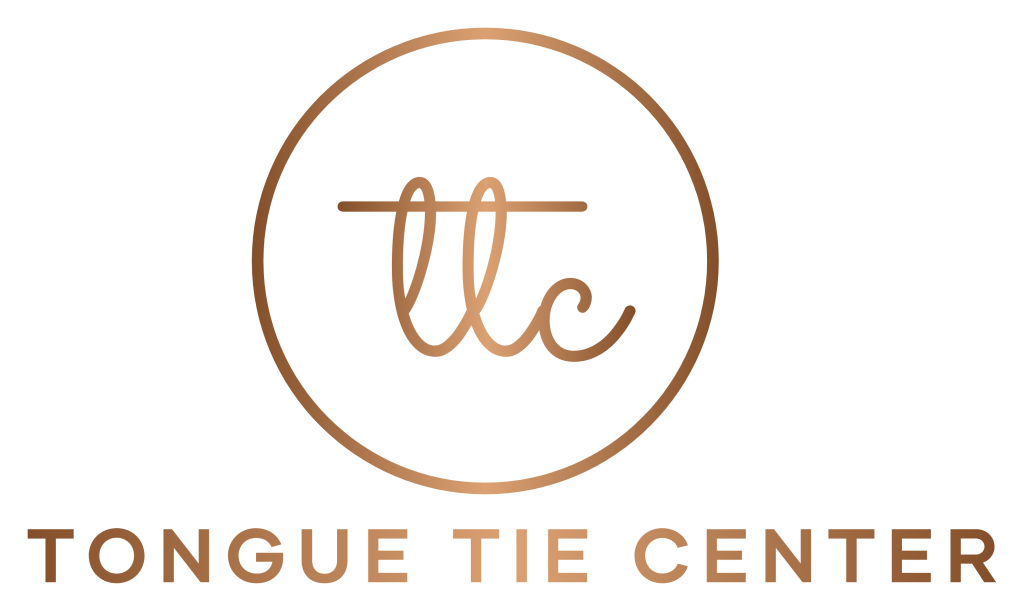Oral Cancer Screening: Prevention Better than Cure!
This article describes the importance of regular oral cancer screenings, what the examination itself involves and what patients can expect should anything suspicious be identified.
 With all the devastating news and statistics about breast, stomach, colon, pancreatic, bone marrow and prostate cancer, it can be quite easy to forget about the health of your mouth… and this has little to do with regular brushing or flossing. An oral cancer screening is one of those medical commitments that every person should mark down in their calendar every one to two years. Oral cancer is not just limited to the tongue and soft tissues inside the mouth; in fact, during a thorough screening, the dentist will also carefully inspect the lips, the lining of the cheeks, the larynx, palate and neck. Any abnormalities or irregularities will be further investigated to either rule out oral cancer, or to enable you to begin treatment at an early stage, thus ensuring a maximum chance for complete recovery. In addition, the dentist uses a three wave-length light that was developed by the MD Anderson Center Cancer Center in Houston, Texas. It enables the dentist to see through tissue for a painless examination.
With all the devastating news and statistics about breast, stomach, colon, pancreatic, bone marrow and prostate cancer, it can be quite easy to forget about the health of your mouth… and this has little to do with regular brushing or flossing. An oral cancer screening is one of those medical commitments that every person should mark down in their calendar every one to two years. Oral cancer is not just limited to the tongue and soft tissues inside the mouth; in fact, during a thorough screening, the dentist will also carefully inspect the lips, the lining of the cheeks, the larynx, palate and neck. Any abnormalities or irregularities will be further investigated to either rule out oral cancer, or to enable you to begin treatment at an early stage, thus ensuring a maximum chance for complete recovery. In addition, the dentist uses a three wave-length light that was developed by the MD Anderson Center Cancer Center in Houston, Texas. It enables the dentist to see through tissue for a painless examination.Oral Cancer Screening: Assessing Your Risk
Admittedly, oral cancer is not high up on the list of things to worry about in our rather hectic day-to-day lives. But there are factors that place certain people at a much higher risk than others. And for these people, going for an oral cancer screening should be a priority concern. Some of these factors cannot be helped, such as your genetic heritage and having a family history of oral cancer. But others can and these include tobacco smoking/chewing and regular excessive alcohol consumption. Either way, avoiding the devastating circumstance of developing such a severe and life-threatening illness requires preventative care that begins with the right lifestyle habits and choices and ends with an oral cancer screening.
What Happens if the Dentist Discovers Something?
The whole idea behind going for an oral cancer screening is to diagnose the threatening condition in its early stages; before it poses a significant risk. It is for this reason that the dentist i recommends screenings once every one to two years and perhaps even more frequently for smokers, who are at a much greater risk. What you shouldn’t do is avoid this examination out of a fear for what the dentist may find. Most of the time, abnormalities identified during an oral cancer screening are harmless or benign. Should anything suspicious be spotted, the dentist will biopsy the lump, lesion or discoloration and send the tissue off to the lab for testing. You will be notified of the results.
A Final Note on Oral Cancer Screening
While this process can be terrifying, what you need to focus on is that if anything malignant was diagnosed during your oral cancer screening, chances are it has been caught at a stage during which it is readily treatable. It’s in cases where people ignore visible and persistent oral complaints that the treatment required becomes far more extreme and the chance of survival, slimmer. Never ignore a lesion, chronic sore, ulcer, lump or discoloration. Lives have literally been saved through early diagnosis thanks to an oral cancer screening.
The post Oral Cancer Screening: Prevention Better than Cure! appeared first on Kenneth R. Levine, DDS.
The post Oral Cancer Screening: Prevention Better than Cure! appeared first on Kenneth R. Levine, DDS.

